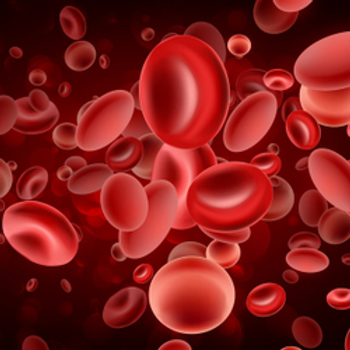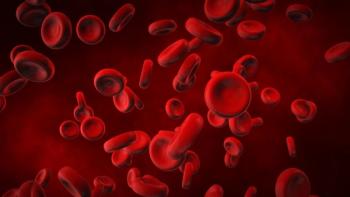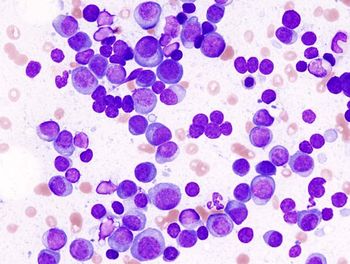
Quiz: Stem Cell Transplantation in Multiple Myeloma
How much do you know about stem cell transplantation in multiple myeloma? Here's your chance to find out.
1. The median progression-free survival (PFS) for patients with multiple myeloma who receive upfront autologous stem cell transplantation (ASCT) now exceeds ____ years.
A.4B. 5C.6D.7
Answer: A. 4 years. The median PFS for patients with multiple myeloma treated upfront with ASCT exceeds 4 years.
2. Which of the following is/are common when managing relapsed multiple myeloma after initial ASCT?
A.Reinduction followed by salvage second autologous transplantation (SAT)B.Reinduction followed by allogeneic SCT (AlloSCT)C.Reinduction with continued chemotherapy and novel therapiesD.All of the above
Answer: D. All of the above. Three common strategies for managing multiple myeloma relapse after initial ASCT are reinduction followed by SAT, reinduction followed by AlloSCT, or redinduction with continued standard-dose chemotherapy plus combination therapy with novel agents.
3. SAT should be considered for patients with relapsed multiple myeloma following a remission of upfront ASCT lasting more than ___ months.
A. 10B.14C.18D.22
Answer: C. 18 months. According to a 2015 consensus statement from the American Society of Blood and Marrow Transplantation, the International Myeloma Working Group, and the European Society for Blood and Marrow Transplantation, SAT should be considered in all patients with an initial remission of > 18 months following upfront ASCT.
4. How many recently completed prospective randomized clinical trials have evaluated SAT versus a non-transplantation treatment after relapse following upfront ASCT?
A.0B.2C.4D.6
Answer: A. 0. According to a 2019
5. How many SAT procedures were performed annually in the United States between 2012 and 2017 among patients with multiple myeloma?
A.300 to 400B.400 to 500C.500 to 600D.600 to 700
Answer: D. 600 to 700. Despite the scant comparative-effectiveness evidence base, SAT was performed 600 to 700 times per year in the United States between 2012 and 2017.
Newsletter
Stay up to date on recent advances in the multidisciplinary approach to cancer.

















































































